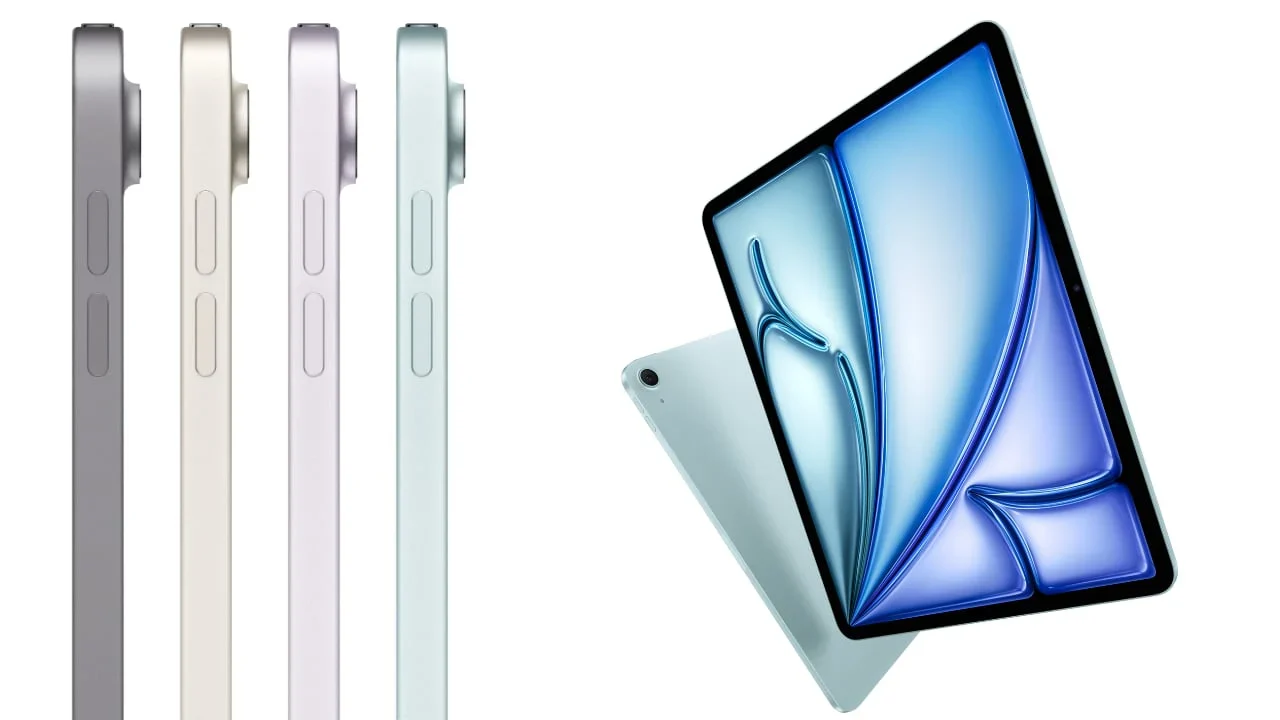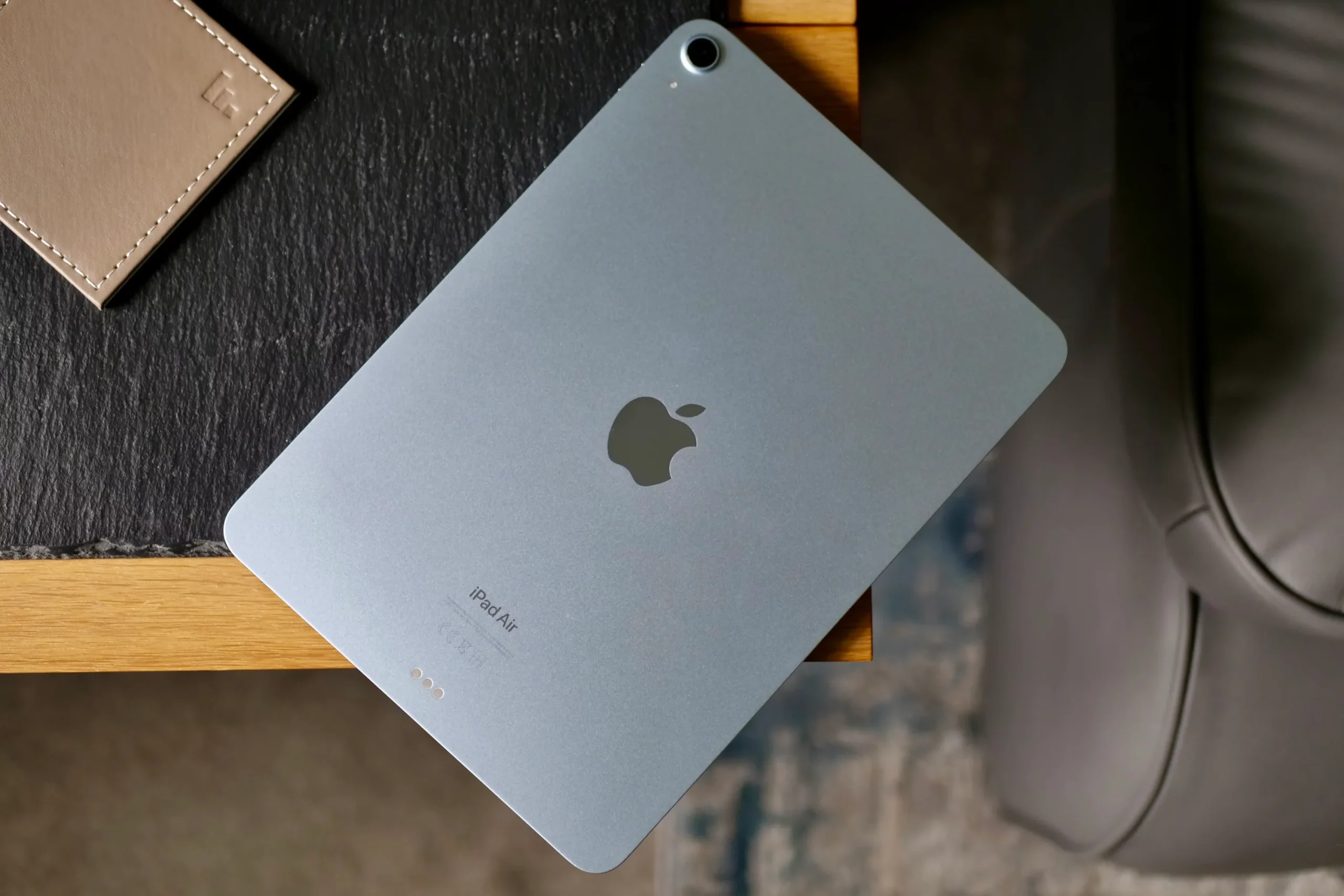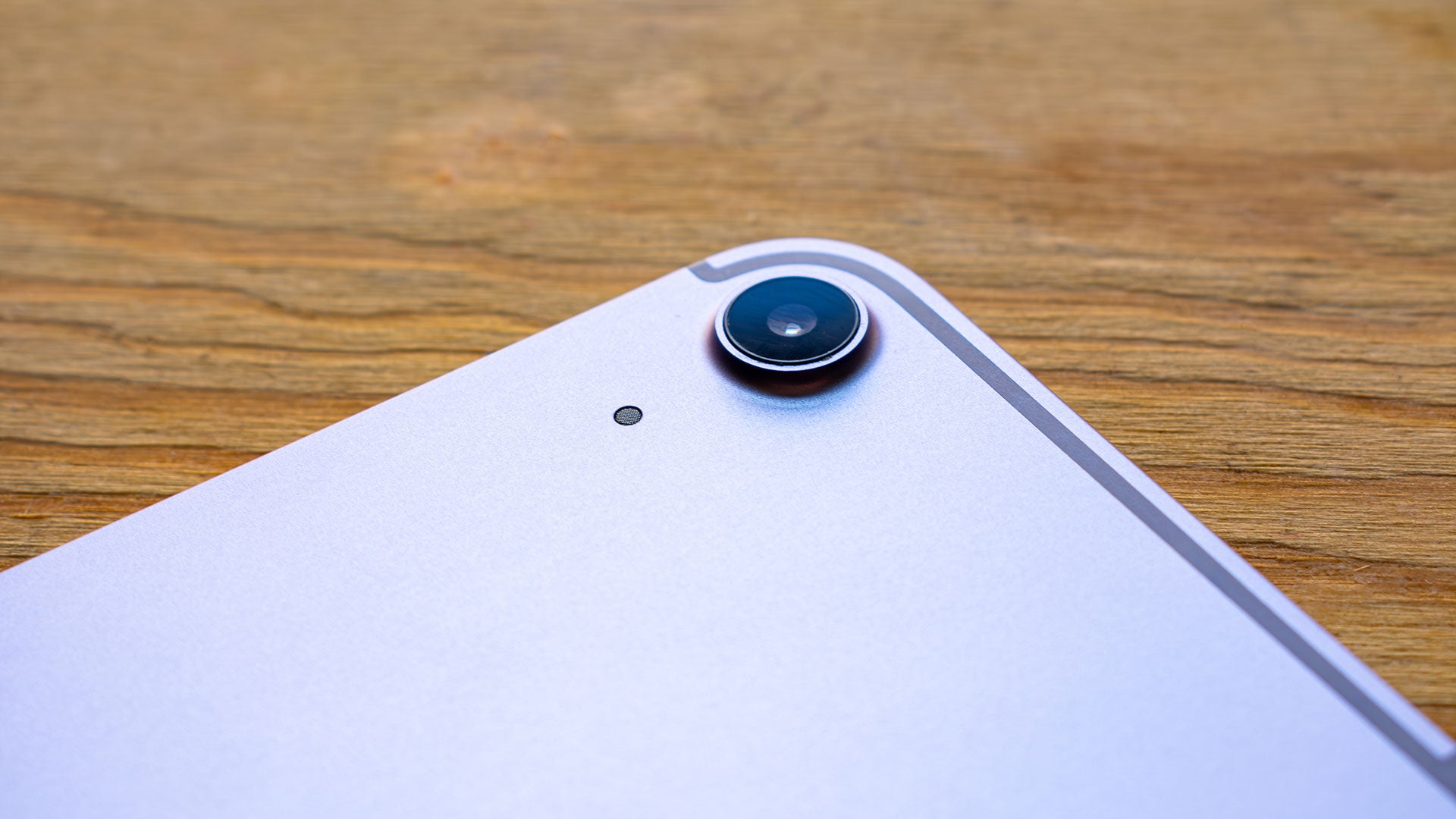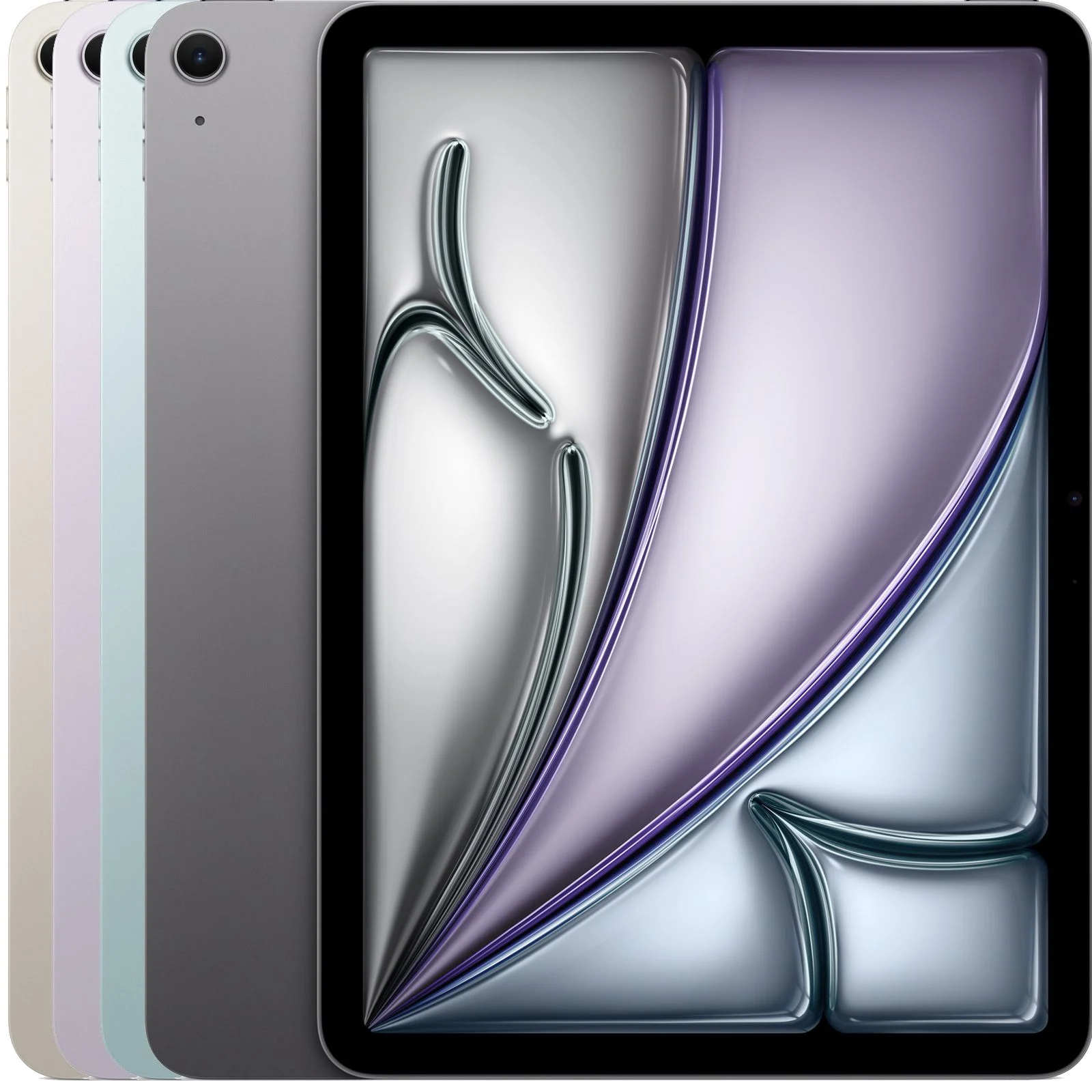Design: Classic Looks, New Choices
Despite its upgraded internals, the 2024 iPad Air closely resembles its 2022 predecessor. The standout change in this generation is the option to choose between two screen sizes: an 11-inch model at $599 and a larger 13-inch option at $799, giving users a more budget-friendly alternative to the iPad Pro. The 11-inch model, which I tested, retains its predecessor’s compact dimensions and light weight (9.74 by 7.02 by 0.24 inches, 1.02 pounds). For a more immersive experience, the 13-inch version (11.04 by 8.46 by 0.24 inches, 1.36 pounds) is available, though it’s the heaviest of the lineup.

Constructed from aluminum, the iPad Air’s design is sleek but lacks an IP rating, unlike competitors like the Samsung Galaxy Tab S9 FE with its IP68 rating. The Air also has stereo speakers on its shorter sides, delivering sufficient sound quality when in landscape mode, although bass response remains limited.
Display: Quality Without OLED
The iPad Air’s display specifications are nearly identical to previous models, with an 11-inch LED-backlit IPS LCD screen (2,360 x 1,640 resolution, 264 ppi) and a 13-inch display option (2,732 x 2,048 resolution, 264 ppi). Both models support P3 color and True Tone, but they’re limited to a 60Hz refresh rate, lacking the 120Hz offered by the Pro models’ OLED screens.
Performance: Powered by M2
Upgraded from the M1, the iPad Air’s M2 processor delivers a solid performance boost. The M2 includes an 8-core CPU, a 10-core GPU, and a 16-core neural engine, ensuring efficient multitasking, media creation, and more. Testing showed minimal differences in day-to-day use compared to the iPad Pro, though the Pro still outperforms the Air slightly in high-demand apps like GarageBand.

Battery and Connectivity
Apple’s 10-hour battery claim holds up in typical Wi-Fi browsing but falls slightly short under intensive use. The iPad Air supports 20W charging, reaching a full charge in just under two hours. Connectivity includes sub-6GHz 5G, Wi-Fi 6E, and Bluetooth 5.3, though its USB-C port only supports USB 3 speeds (10Gbps) compared to the iPad Pro’s Thunderbolt 3.
Cameras and Accessories
The iPad Air’s camera setup—12MP front and rear cameras—delivers reliable quality for video calls and photos, although low-light performance remains limited. Accessories include compatibility with the latest Apple Pencil Pro, which adds new features like pressure sensitivity and haptic feedback, plus the Magic Keyboard for typing support.

Final Thoughts: A Worthy Middle Ground
The 2024 iPad Air is an ideal choice for users seeking a high-performance tablet that balances power and price. With a robust M2 processor, increased storage options, and Apple Pencil Pro support, it’s a versatile tool for creators, students, and more. For those needing the advanced capabilities of the iPad Pro, it’s worth considering an upgrade, while casual users may find the standard iPad sufficient.

Leave a Reply